College for everyone!
With almost 4,000 colleges in the US, and almost 750 in California, there are so many opportunities to continue your education.
Each college and university system will have their own requirements for eligibility (listed below), but as a rule of thumb, students should:
- Maintain a GPA of around 2.75
- Stay on track to graduate high school
- Meet the minimum A-G requirement classes
What are the A-G Requirements?
They are a set of 15 courses students must take in their high school coursework in order to be eligible to apply to 4-year institutions. The courses needed are as followed...
- History/Social Science - 2 years needed (1 year World history, 1 year US history)
- English - 4 years needed
- Math - 3 years needed, 4 recommended (must take Algebra I, Geometry, and Algebra II)
- Science - 2 years needed, 3 recommended (1 year biological science, 1 year physical science)
- Language Other Than English - 2 years needed (must be the same language for the 2 years to count)
- Visual/Performing Arts - 1 year needed
- College Prepatory Elective - 1 year needed (courses beyond those used to satisfy the requirements of the A-F subjects can fulfill this requirement)
Where Can I Apply?
Whether you're applying to your local community college or to a far prestigious school, make sure you meet the minimum requirements needed to apply!
Below are the minimum eligibility requirements for institutions.
California Community Colleges (CCCs)
Many, if not all, community colleges offer an affortable and accessible education for anyone wanting to continue learning. To apply to community colleges, you must:
- Have graduated or will graduate from high school with a diploma OR have an equivalent degree with all grades as Ds or better
CA Community Colleges are required to accept any California resident
California State University (CSU) System
Composed of 23 campuses across the state, this public university system offers thousands of fields to choose from and find your passion. To be eligible to apply, you must:
- Meet the A-G Requirements
- Have a minimum 2.5 weighted GPA
- On track to graduate from high school with a diploma or have an equivalent diploma, with all grades as Cs or better
While these are the minimum requirements to apply, programs at campuses with impaction (meaning that there are more applicants than spots available to programs) will have higher or more requirements in order to be admitted into the program. An example of a competitive program is nursing, which is highly impacted at every CSU campus.
University of California (UC) System
Separare to the CSU system, the University of California system is a collection of public universities with the central focus on research in various fields. With 9 undergraduate campuses to choose from, the UC system is another great affordable option. To be eligible to apply, you must:
- Meet the A-G Requirements
- Have a minimum 3.0 weighted GPA
- On track to graduate from high school with a diploma or have an equivalent diploma, with all grades as Cs or better
Similar to the CSUs, while these are the minimum requirements, many of their programs are impacted and will ask for supporting information, additional documents, and have eligibility to apply to certain majors higher than what is generally accepted. Their most impacted majors across the campuses are computer science, nursing, and biology/biological sciences/pre-med.
Private and Out-of-State Colleges and Universities
Private and out-of-state U.S. universities provide unique experiences. Prioritizing intimate academic settings and substantial endowments for generous financial aid, private institutions foster adaptability in a globalized world. In contrast, out-of-state universities offer diverse experiences in new regions, leveraging unique contexts for specialized programs.
Private California universities share traits with other private institutions but thrive in the state's diverse environment, collaborating with industries like Silicon Valley. Whether attending a private university or one outside California, students gain from rigorous academics, diverse activities, and robust support services. Decisions depend on individual preferences, finances, and career goals, with private universities emphasizing smaller settings and potential higher tuition costs, while out-of-state options provide broader cultural exposure and diverse research prospects.
Each private and out-of-state college and university will have their own set of requirements for eligibility. Below are esimates of eligibility for universities:
- Meet the A-G Requirements
- minimum 2.75 weighted/university GPA
- On track to graduate frim high school with a diploma or have an equivalent diploma, with all grades as Cs or better
Refer to each university's website to check which application they would like students to apply under (Common App, Coalition App, their own internal application, etc.)
Historically Black Colleges and Universities (HBCUs)
Historically Black Colleges and Universities (HBCUs) have been instrumental in shaping a culturally rich educational environment in the United States. These institutions, exemplified by Howard University, Spelman College, and Morehouse College, have a distinct mission rooted in providing higher education opportunities to African American students during a time of segregation. Characterized by a strong sense of community and cultural pride, HBCUs offer diverse academic programs and foster close-knit communities that prioritize mentorship and a sense of belonging. Beyond academics, HBCUs are known for vibrant campus life, cultural celebrations, and a commitment to holistic development, producing socially conscious graduates. Despite challenges such as financial constraints, HBCUs continue to play a vital role in promoting educational equity and inclusion, contributing significantly to the diversity of the American academic landscape.
Students can apply to all HBCUs with the minimum requirements of:
- Meet the A-G Requirements
- Minimum 2.5 weighted/university GPA
- On track to graduate from high school with a diploma or have an equivalent diploma, with all grades as Cs or better
Eligibility and application tasks will be different among the universities. Go to the university's website to see what is needed to apply.
California Community Colleges
116 campuses. Endless career choices.
The California Community Colleges system comprises 116 colleges, along with numerous campus centers and classrooms statewide. Spanning diverse landscapes from mountains to coasts, and encompassing rural areas to bustling cities, each college tailors its educational programs to reflect the unique essence of its local region.
With a wide spectrum of student objectives in mind, the California Community Colleges cater to diverse goals, ranging from personal development to professional training and from earning associate degrees to preparing for university transfer. To support your journey, an array of student services, including academic counseling, financial aid, tutoring, child care, and more, are readily available.
Flexibility is a key feature, with colleges offering alternative learning options such as online courses, "distance education" via radio and video, off-campus classes in locations like high schools and shopping malls, and even opportunities for studying abroad. The costs are notably affordable compared to other higher-education alternatives, and admission is open to all individuals who can benefit from these opportunities.
Popular/Common Majors at CCCs:
- Social Sciences
- Business Administration and Management
- Psychology
- Sociology
- Real Estate
- Communications
- General
- Criminal Justice/Law Enforcement Administration
- Nursing
- Accounting Technician and Bookkeeping
- Physiology and Pathology
- Biology
What You'll Need to Apply
- Most Recent High School Transcript (must include Senior year classes, no grade necessary)
- Parent/Guardian Information (Name(s), Date of Birth(s), Annual Gross Income)
California State University System
23 campuses, from San Diego to Humboldt.
California State University (Cal State or CSU) stands tall as a vibrant public university system in the Golden State, proudly part of California's higher education legacy since 1960. With 23 campuses and 7 off-campus hubs, it's not just an educational powerhouse – it's an institution that shapes futures.
Beyond numbers, Cal State is a key player in creating opportunities, producing a multitude of graduates who go on to make their mark. Boasting a diverse array of over 1,800 degree programs, it's not just about degrees; it's about unlocking potential.
From being a leading force in awarding teaching credentials to contributing significantly to California's job market, Cal State is more than an academic institution; it's a catalyst for progress. With millions of alumni who have walked its halls since 1961, it's a community that extends far beyond the campus borders.
Cal State is not just an educational milestone; it's a launchpad for the next generation of leaders. So, if you're dreaming big, thinking bold, and aiming high, Cal State is where your journey begins.
- Impacted Campuses
- Fullerton
- Long Beach
- Los Angeles
- San Diego
- San Jose
- San Luis Obispo
- Impacted Majors/Programs
- Biological Sciences (Biology, Biotechnology Microbiology, Medical Technology)
- Business
- Criminology/Criminal Justice
- Music
- Nursing
- Psychology
*Impacted: also known as selective, refers to the high number of applicants they receive for the limited spots available.

Cal Poly San Luis Obispo

Cal State Long Beach
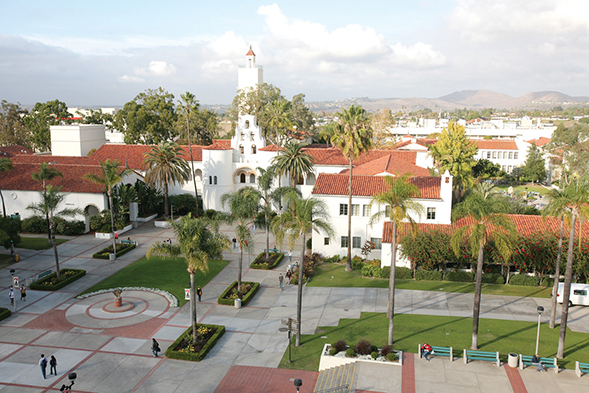
San Diego State University
What You'll Need to Apply
- Most Recent High School Transcript (must include Senior year classes, no grade necessary)
- Parent/Guardian Information (Name(s), Date of Birth(s), Annual Gross Income)
- If you took a class at your local community college for high school credits: transcript from community college attended
- $70 per campus you are applying to
University of California System
9 campuses, from San Diego to Davis.
The University of California (UC) is a renowned public land-grant research university system in California, with nine undergraduate campuses located in Berkeley, Davis, Irvine, Los Angeles, Merced, Riverside, San Diego, Santa Barbara, and Santa Cruz. The system, headquartered in Oakland, is recognized as the state's land-grant university and is widely acclaimed globally. Several UC campuses, including Berkeley, Davis, Santa Cruz, Irvine, Los Angeles, Santa Barbara, and San Diego, are designated as Public Ivies, establishing California as a leader in this regard.
UC boasts distinguished faculty across various disciplines, and its campuses have been instrumental in the Association of American Universities since 1900. The UC system is an integral part of California's public higher education plan, along with the California State University and California Community Colleges systems, governed by the autonomous Board of Regents. Established in 1868, UC has evolved over the years, with notable developments in the mid-20th century leading to its current status as a comprehensive university system.
- Most Competitive Campuses
- Los Angeles
- Berkeley
- San Diego
- Irvine
- Santa Barbara
- Highly Impacted Majors/Programs
- Biological Sciences and Pre-Med programs (including Nursing)
- Computer Science and Engineering
- Business and Economics
- Psychology and Social Sciences
- Environmental Sciences and Sustainability
- Political Science and International Relations
*Impacted: also known as selective, refers to the high number of applicants they receive for the limited spots available.

UC San Diego
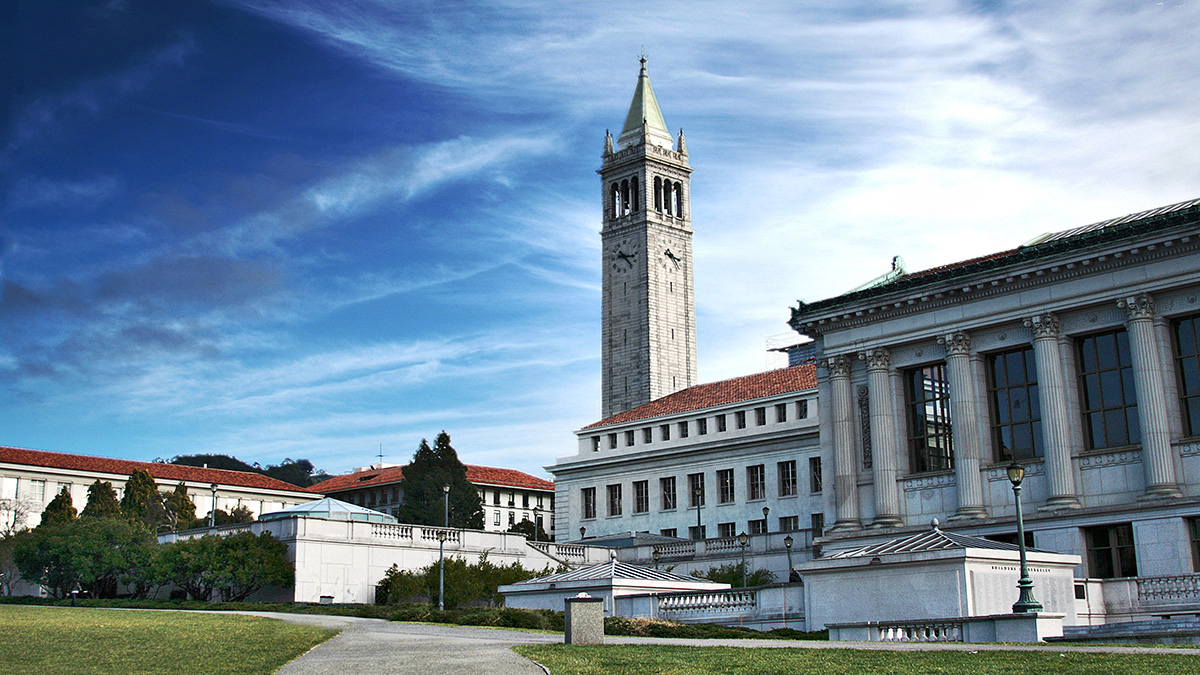
UC Berkeley
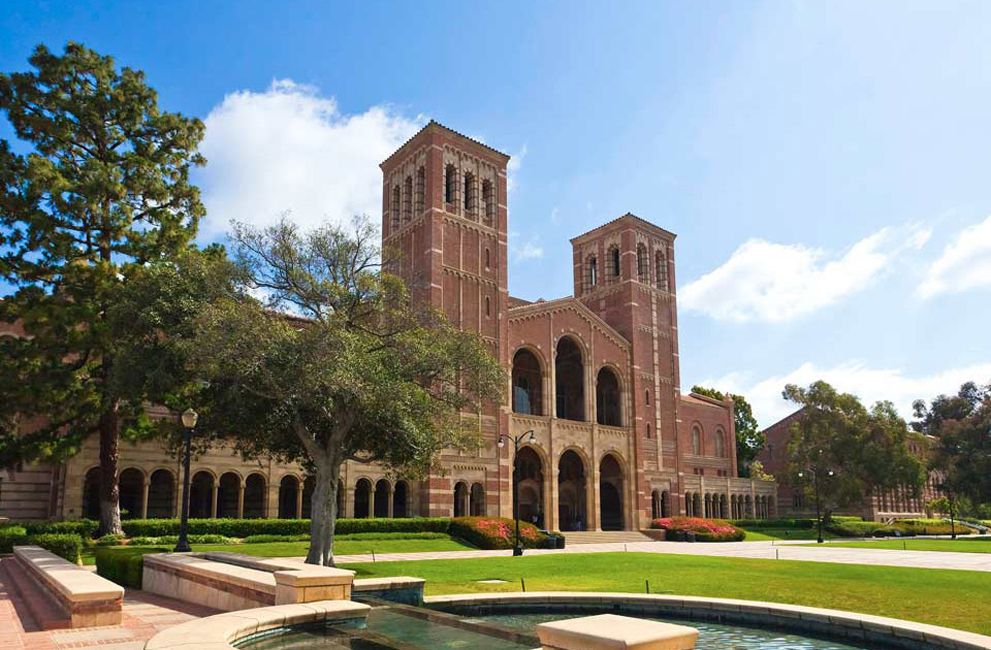
UCLA
What You'll Need to Apply
- Most Recent High School Transcript (must include Senior year classes, no grade necessary)
- Parent/Guardian Information (Name(s), Date of Birth(s), Annual Gross Income)
- If you took a class at your local community college for high school credits: transcript from community college attended
- List of Activities and Awards student has participated in during their high school years
- 4 written essays that answer any of the Personal Insight Questions (each essay is a maximum of 350 words)
- $80 per campus you are applying to
Private and Out-of-State Colleges and Universities
More for you to choose from, in and out of California.
Private and out-of-state U.S. universities offer distinct experiences. Private institutions like Stanford, Harvard, or MIT prioritize smaller class sizes and personalized attention, fostering engaging academic environments. They often have substantial endowments, allowing for generous financial aid packages. In contrast, out-of-state universities, such as the University of Michigan or the University of Virginia, provide opportunities to explore new regions and cultures with large, diverse student populations. These institutions leverage unique geographical and cultural contexts to offer specialized programs and research opportunities, fostering adaptability in an increasingly globalized world.
Private California universities, like Stanford or the Claremont Colleges, share characteristics with other private institutions but benefit from the state's diverse environment. They collaborate with industries like Silicon Valley, providing students valuable networking opportunities. Whether attending a private university or one outside California, students gain from rigorous academic programs, diverse activities, and extensive support services. Both options lead to academic and personal growth, with choices influenced by individual preferences, finances, and career goals. While private universities emphasize smaller settings and may have higher tuition costs, out-of-state universities offer broader cultural exposure and diverse research opportunities. The decision ultimately rests on students' priorities, ambitions, and the unique offerings each institution provides.
- Most Competitive Private Colleges in California
- Stanford University
- California Institute of Technology (Cal Tech)
- Harvey Mudd College
- University of Southern California
- Pomona College
- Claremont KcKenna College
- Pepperdine University
- Loyola Marymount University
- Occidental College
- University of San Francisco
- Santa Clara University
- Most Competitive Schools Outside of California
- Harvard University
- Massachusetts Institute of Technology (MIT)
- Princeton University
- Columbia University
- University of Chicago
- Yale University
- Brown University
- Johns Hopkins University
- University of Virginia
- Georgia Institute of Technology
- University of Michigan-Ann Arbor
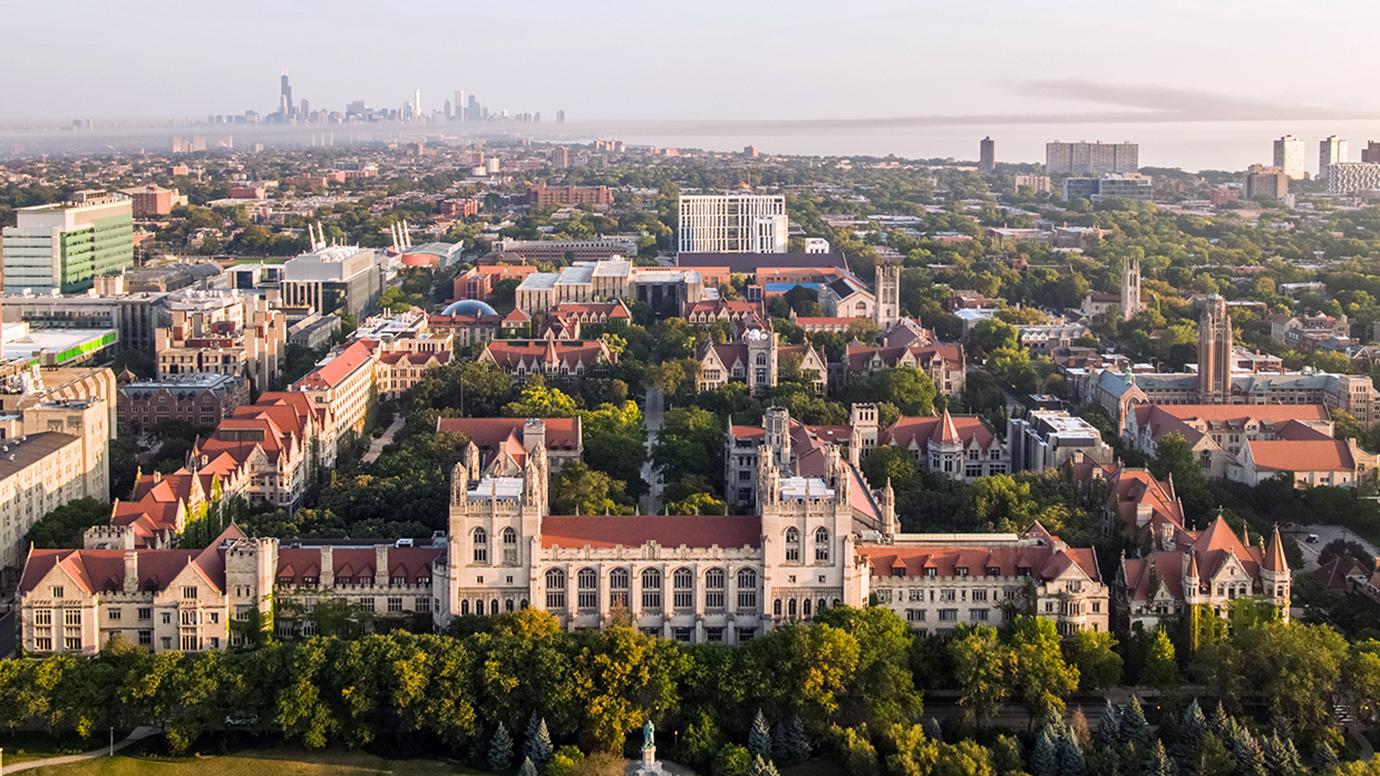
University of Chicago
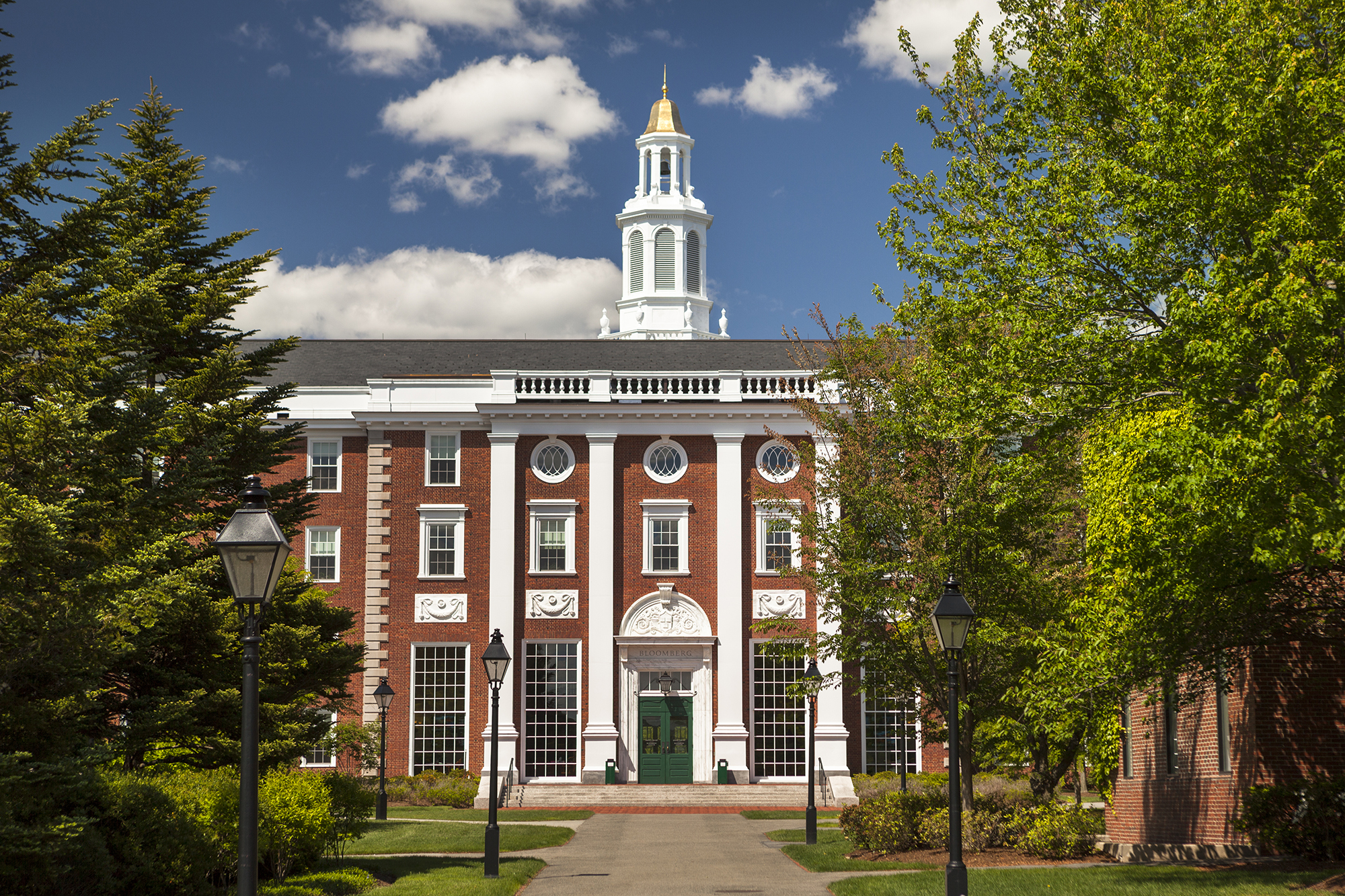
Harvard University
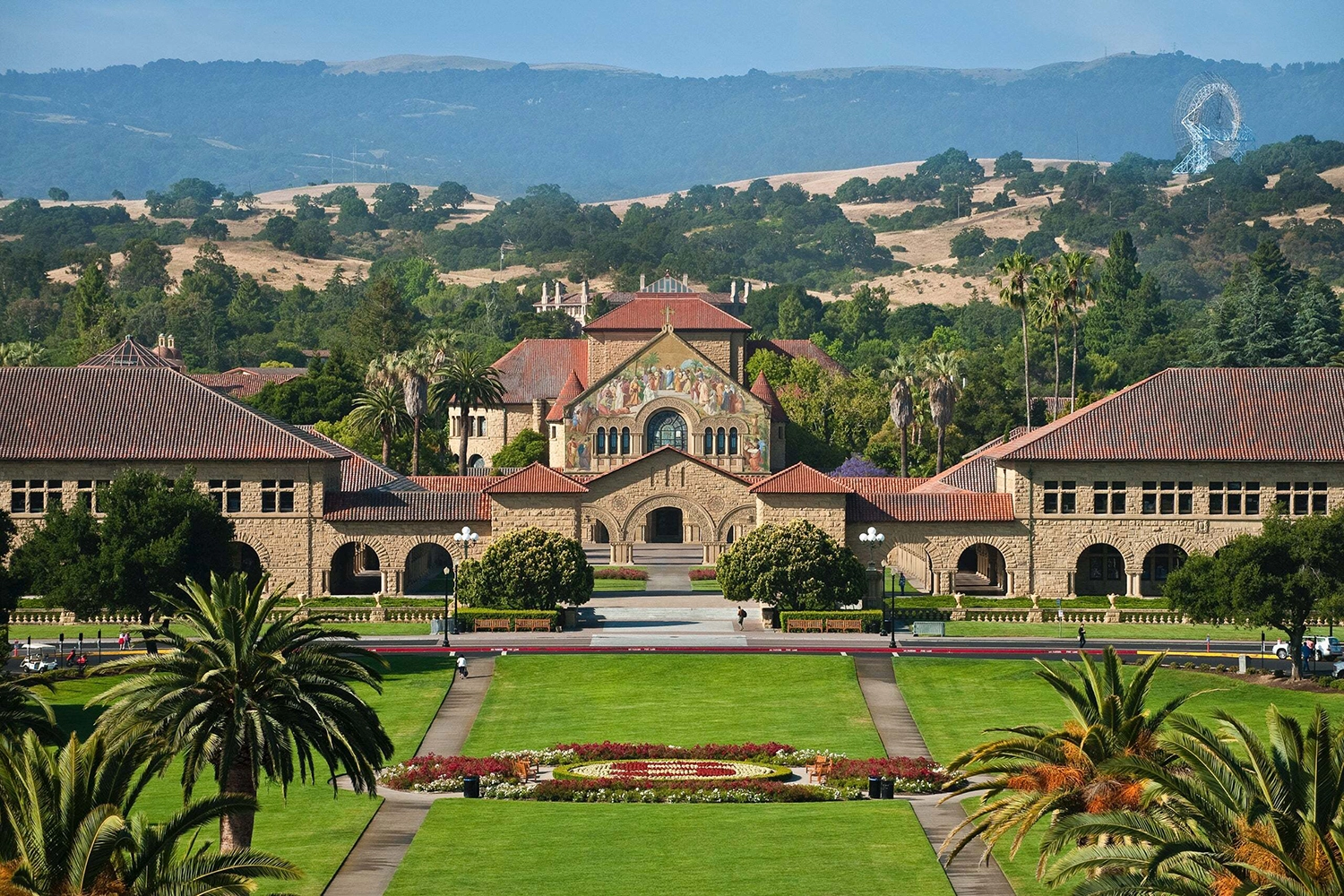
Stanford University
Each private and out-of-state university will have a chosen application or mulitple applications that you can apply through. Please check for each university you are applying to.
What You'll Need to Apply
- Most Recent High School Transcript (must include Senior year classes, no grade necessary)
- Parent/Guardian Information (Name(s), Date of Birth(s), Annual Gross Income)
- If you took a class at your local community college for high school credits: transcript from community college attended
- List of Activities and Awards student has participated in during their high school years
- Personal Statement: most universities will ask for their own essays and/or extra writing prompts to learn more about the applicant. Typically, the personal statement essay will me a maximum of 650 words.
Below are the platforms most commonly used by private and out-of-state institutions.
Historically Black Colleges and Universities (HBCUs)
107 Culturally-Rich Campuses.
Historically Black Colleges and Universities (HBCUs) in the United States have played a pivotal role in shaping the educational landscape, fostering a unique and culturally rich environment. What sets HBCUs apart is their historical mission to provide higher education opportunities to African American students when segregation barred access to predominantly white institutions. These institutions are characterized by a strong sense of community, cultural pride, and a commitment to academic excellence.
HBCUs offer a diverse range of academic programs, including liberal arts, sciences, business, engineering, and the arts. They strive to create a supportive and nurturing atmosphere that addresses the specific needs and experiences of African American students. HBCUs often have smaller student populations compared to larger institutions, fostering close-knit communities where students and faculty develop strong relationships. This environment facilitates mentorship opportunities and a sense of belonging, which are crucial for academic success.
These institutions also serve as hubs for cultural preservation and celebration. They have a rich history of producing influential African American leaders, scholars, and professionals who have made significant contributions to various fields. The strong emphasis on cultural identity and heritage at HBCUs creates an empowering atmosphere, fostering a deep sense of pride in one's background and accomplishments.
Beyond academics, HBCUs are known for their vibrant campus life, including dynamic student organizations, cultural events, and a strong tradition of marching bands and Greek life. The emphasis on holistic development extends to a commitment to nurturing leadership skills, social responsibility, and community engagement. HBCUs often produce graduates who are not only academically prepared but also socially conscious and committed to making a positive impact on their communities.
HBCUs' resilience and impact on the education and empowerment of African American students remain significant. As pillars of higher education, HBCUs continue to contribute to the broader diversity of the American academic landscape and play a vital role in promoting educational equity and inclusion.
- Most Competitive HBCUs
- Howard University
- Morehouse College
- Spelman College
- Xavier University of Louisiana
- Hampton University
- Most Competitive Majors/Programs across HBCUs
- Business Management and Administration
- Nursing and Health Sciences
- Psychology and Social Sciences
- Biology and STEM Fields
- Criminal Justice and Criminology
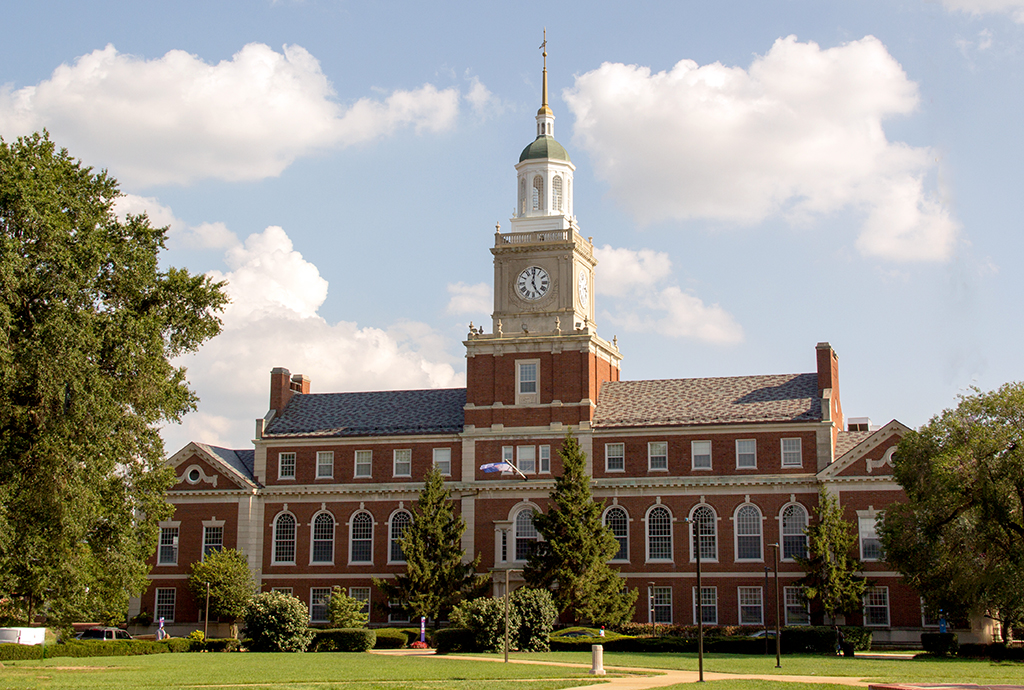
Howard University
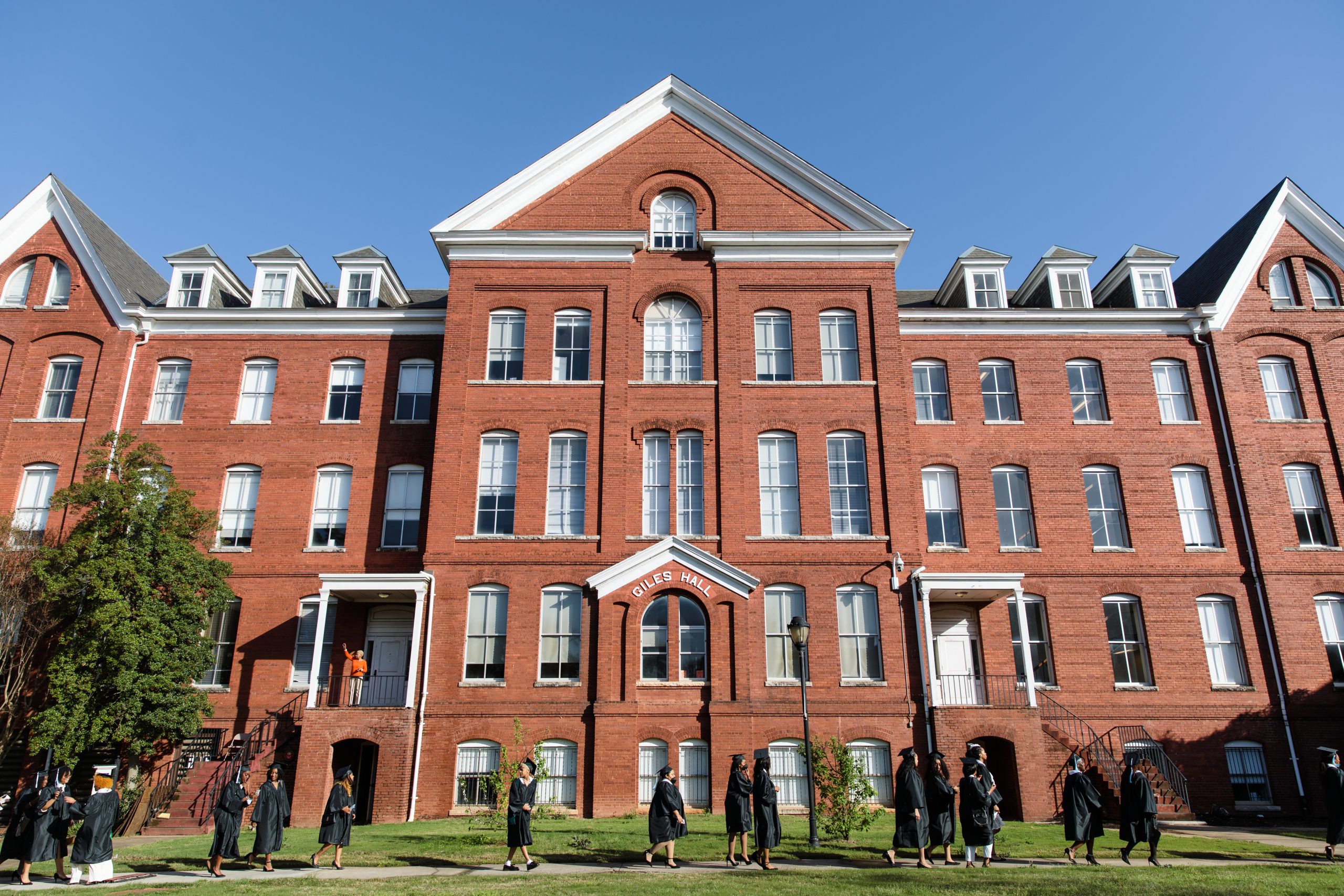
Spelman College
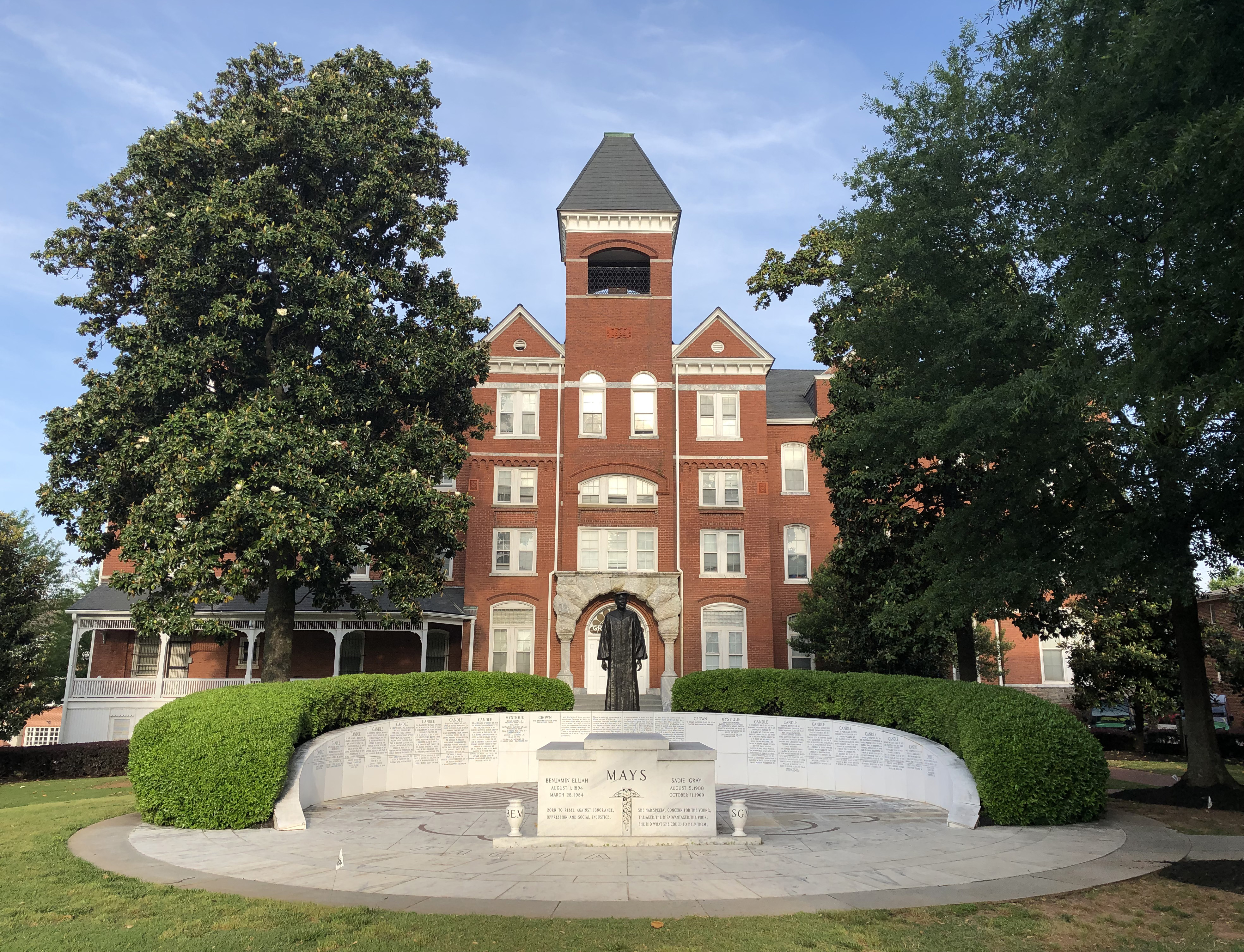
Morehouse College
What You'll Need to Apply
- Most Recent High School Transcript (must include Senior year classes, no grade necessary)
- Parent/Guardian Information (Name(s), Date of Birth(s), Annual Gross Income)
- If you took a class at your local community college for high school credits: transcript from community college attended
- List of Activities and Awards student has participated in during their high school years
- Personal Statement: most universities will ask for their own essays and/or extra writing prompts to learn more about the applicant. Typically, the personal statement essay will me a maximum of 650 words.
ALL HBCUs can be applied to through the Black Common College App by paying a one-time fee of $20.
Financial Aid
How to pay for college!
Financial Aid Applications
The Federal and CA State governments have their own applications for students to complete in order to be offered different forms of financial aid, such as grants, scholarships (both free money), loans, work-study, and more!
Read below to see which application you would fill out based on citizenship status and what you need to complete the application.
- Free Application for Federal Student Aid (FAFSA)
- For U.S. Citizens or Permanent Residents
- Student Information Needed
- Full Name (must match SSN or Green Card)
- Date of Birth
- Social Security Number or Permanent Resident Number
- Email address (same as for colleges)
- Driver's License Number (if applicable)
- FSA ID (click here to create)
- If student works: Federal Income Tax Forms and W-2's
- List of colleges student has or will apply to
- Parent/Guardian Information Needed
- Full legal name(s)
- Date(s) of Birth
- Financial information: Federal Income Tax Form (1040), W-2 Forms, last paycheck if no W-2, secutiry benefits ,welfare benefits, child support received, worker's compensation benefits, etc.
- NOTE: if parent(s)/guardian(s) hold SSN, you will need to create an FSA ID for them as well.
- California Dream Act Application (CADAA)
- For Undocumented Students who are AB540 Eligible (read about what AB540 is here)
- Student Information Needed
- Full name (must match school records)
- Date of Birth
- Statewide Student Identification number (SSID on transcript)
- Email address (same as for college)
- Driver's License numver (if applicable)
- If student works: Federal income Tax Forms and W-2's
- List of colleges student has or will apply to
- Parent/Legal Guardian Information Needed
- Full legal name(s)
- Date(s) of Birth'
- Financial information: Federal Income Tax Form (1040), W-2 Forms, last paycheck if no W-2, security benefits, welfare benefits, child support received, worker's compensation benefits, etc.
- Social Security Number (if parent has one) or ITIN
Where to apply for SCHOLARSHIPS
Below are links to websites where students can create an account and see what scholarships they are eligible to apply to based on their demographics, interests, schools, and more!
Website created by J. García